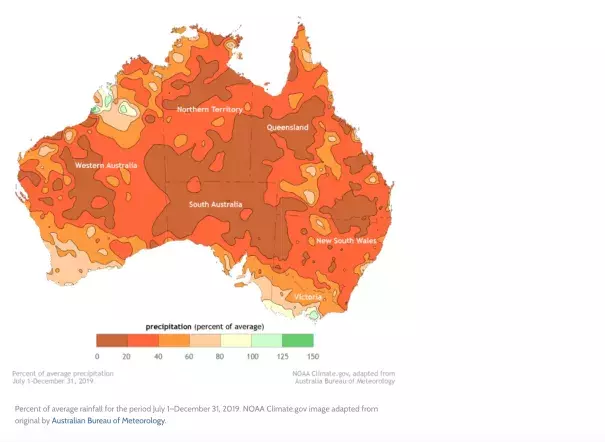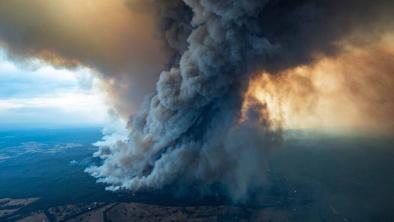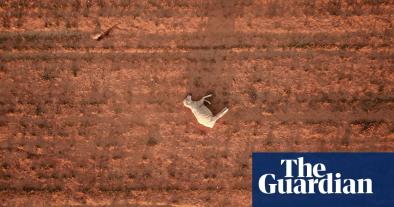Catastrophic bushfires in southeastern Australia in 2019-20

Signals Summary: Climate change has increased the risk of bushfires in Australia through hotter temperatures and drier conditions.
Article Excerpt: The devastating fire season, which began in Queensland in September and has progressed southward, is the result of an extremely dry and warm spring and early summer. According to the spring report from the Australia Bureau of Meteorology, it was the driest spring on record for the country as a whole, with rainfall below average almost everywhere. Meanwhile, the average daytime high temperature for spring was above or very much above average across nearly all of Australia.
As spring turned to summer, a scorching heatwave spread across the country. The national average maximum temperature was 105.6 degrees Fahrenheit (40.9 degrees Celsius) according to the New York Times, topping the previous record of 104.5 degrees F (40.3 degrees C) set in January 2013. The heat and dryness combined to push the spring Forest Fire Danger Index to record high levels across the entire country, according to a special weather statement issued by the Bureau of Meteorology on December 18, 2019. Extreme heat has continued into the new year.
As global warming due to greenhouse gases continues to raise the planet’s average surface temperature, the number of cool days in Australia and many other parts of the world has declined, while the number of days with extremely warm daytime high temperatures has increased.
Related Content





